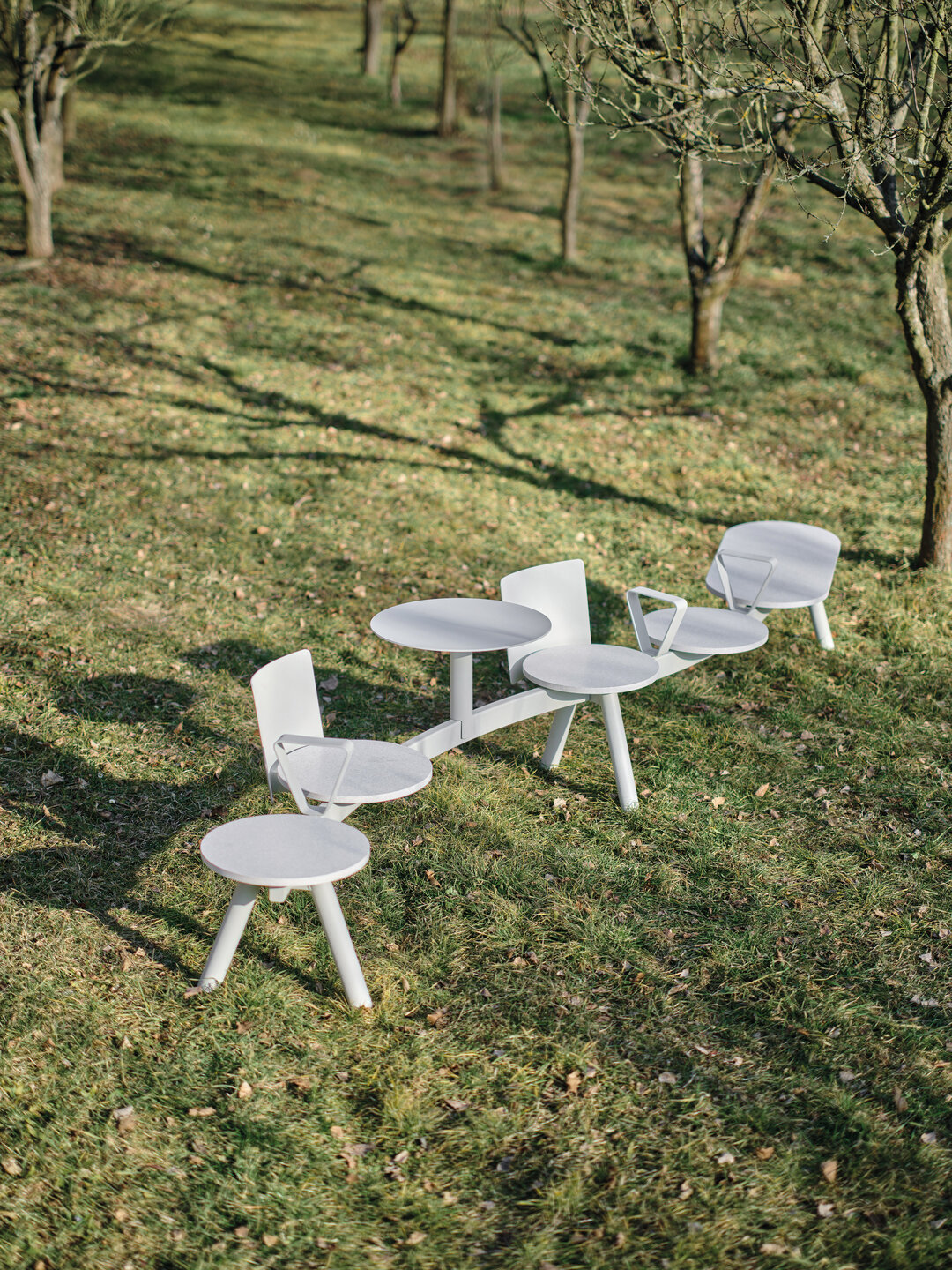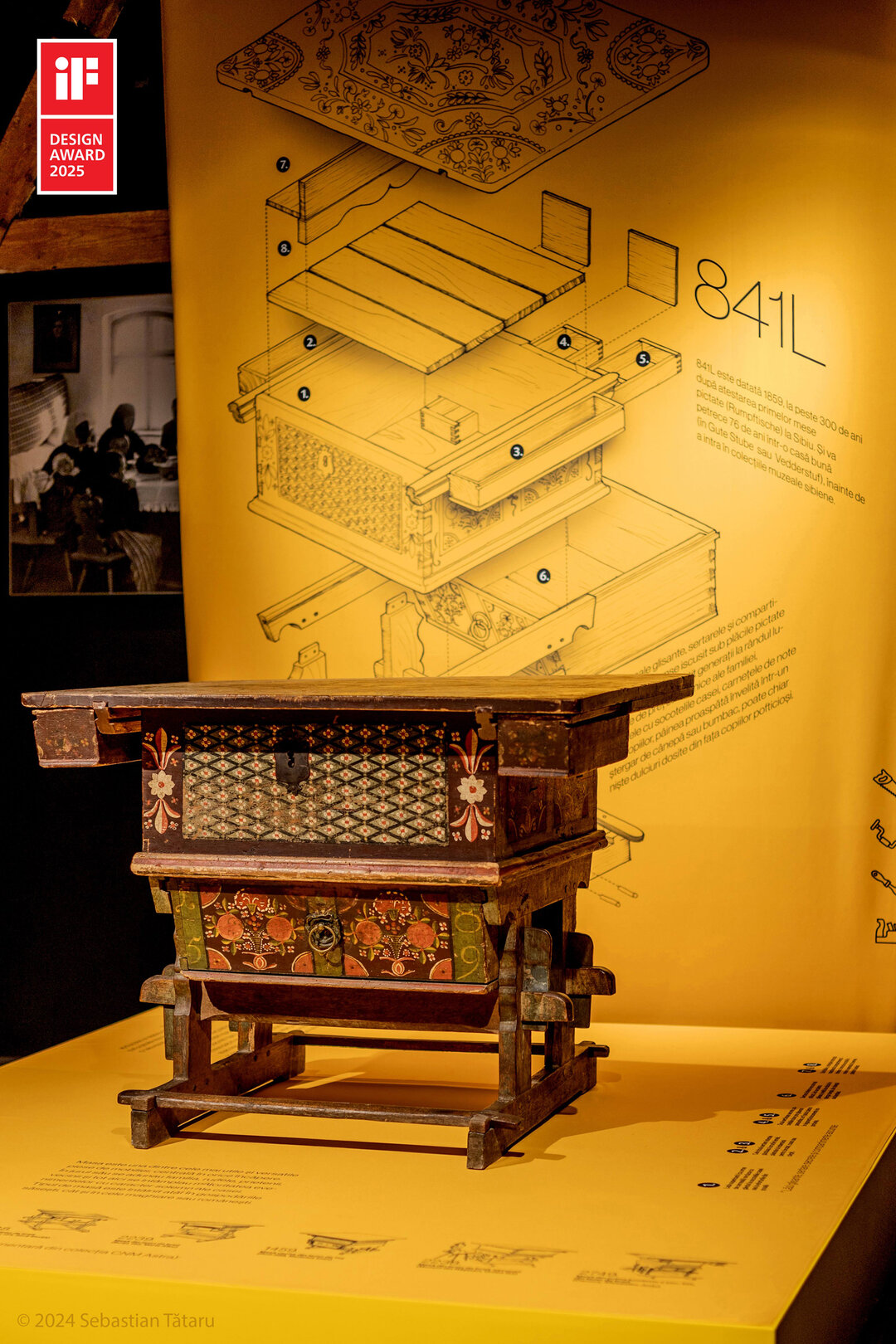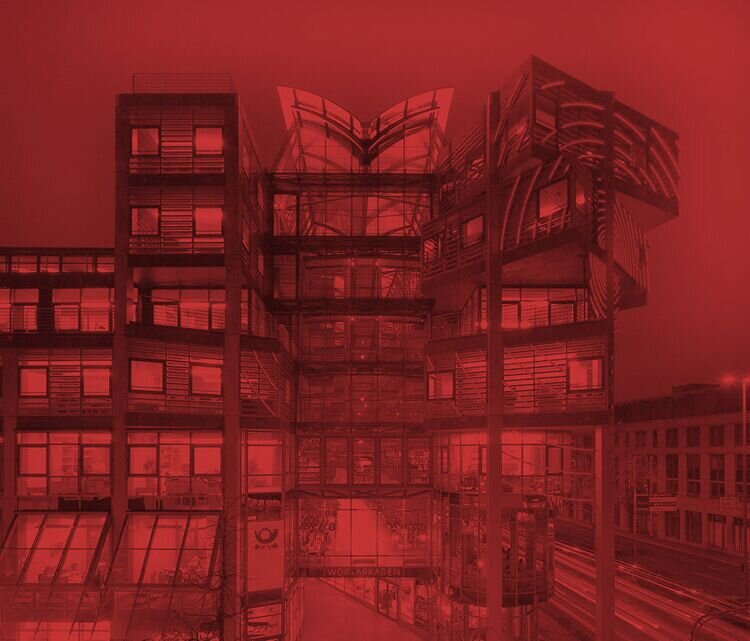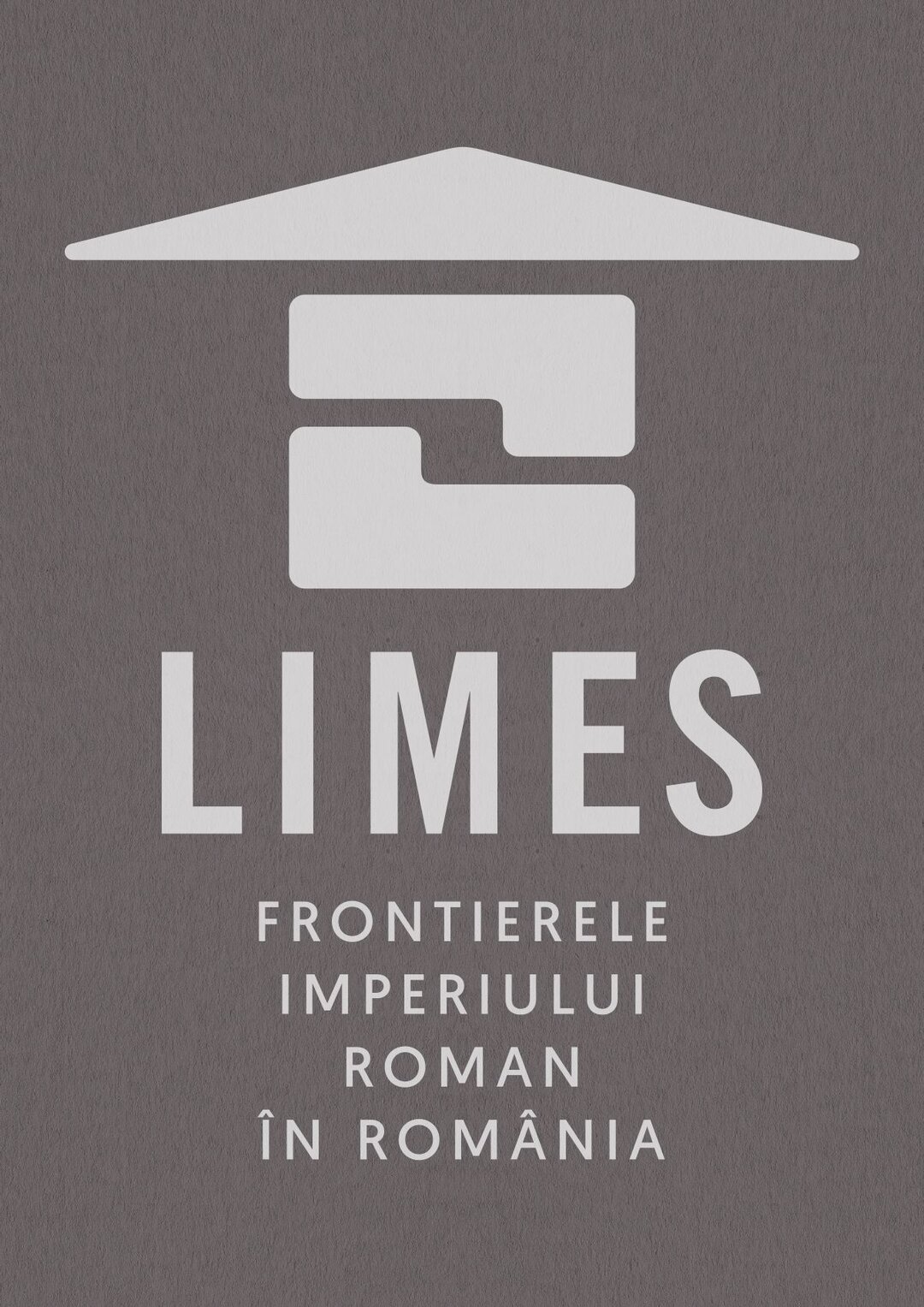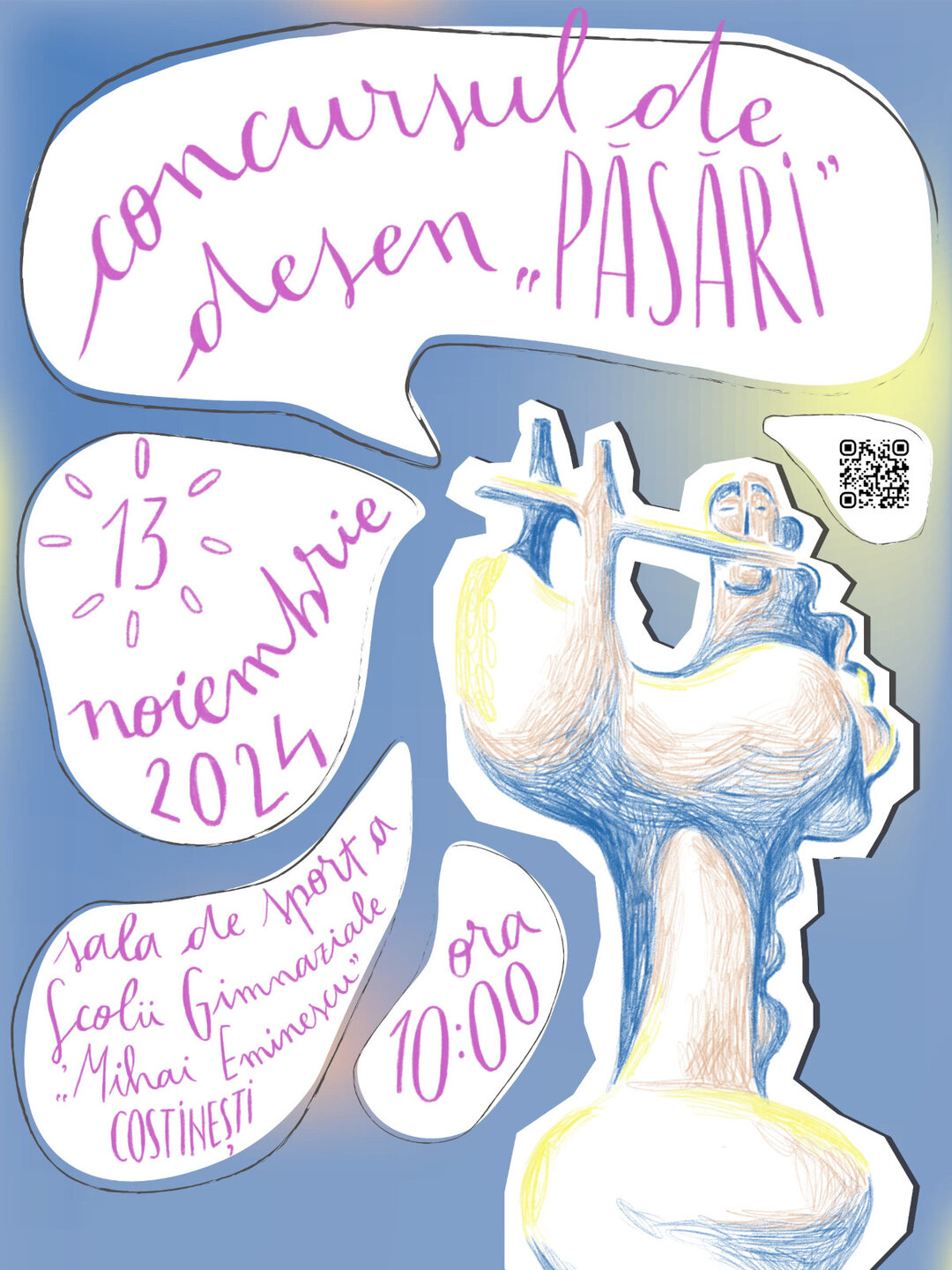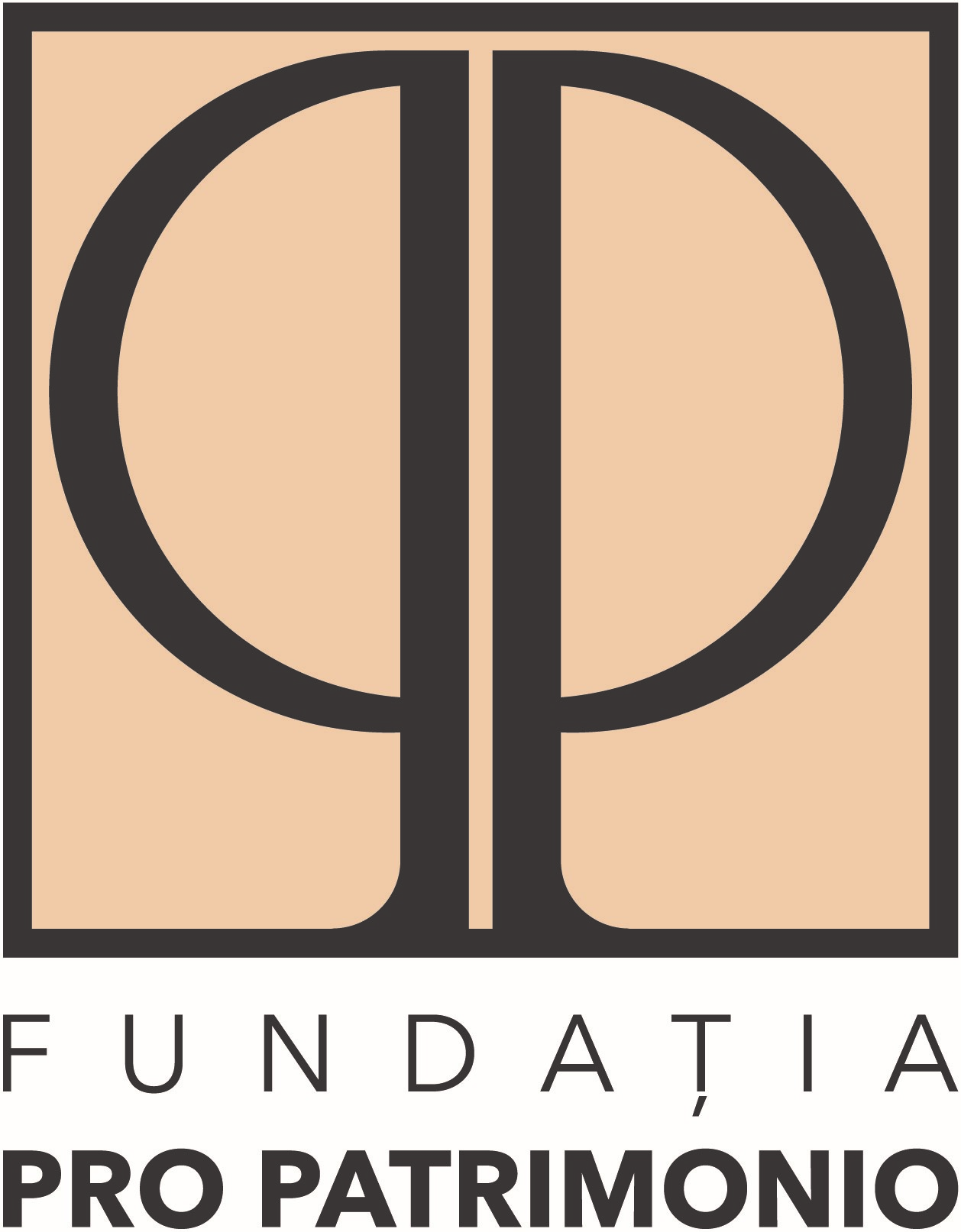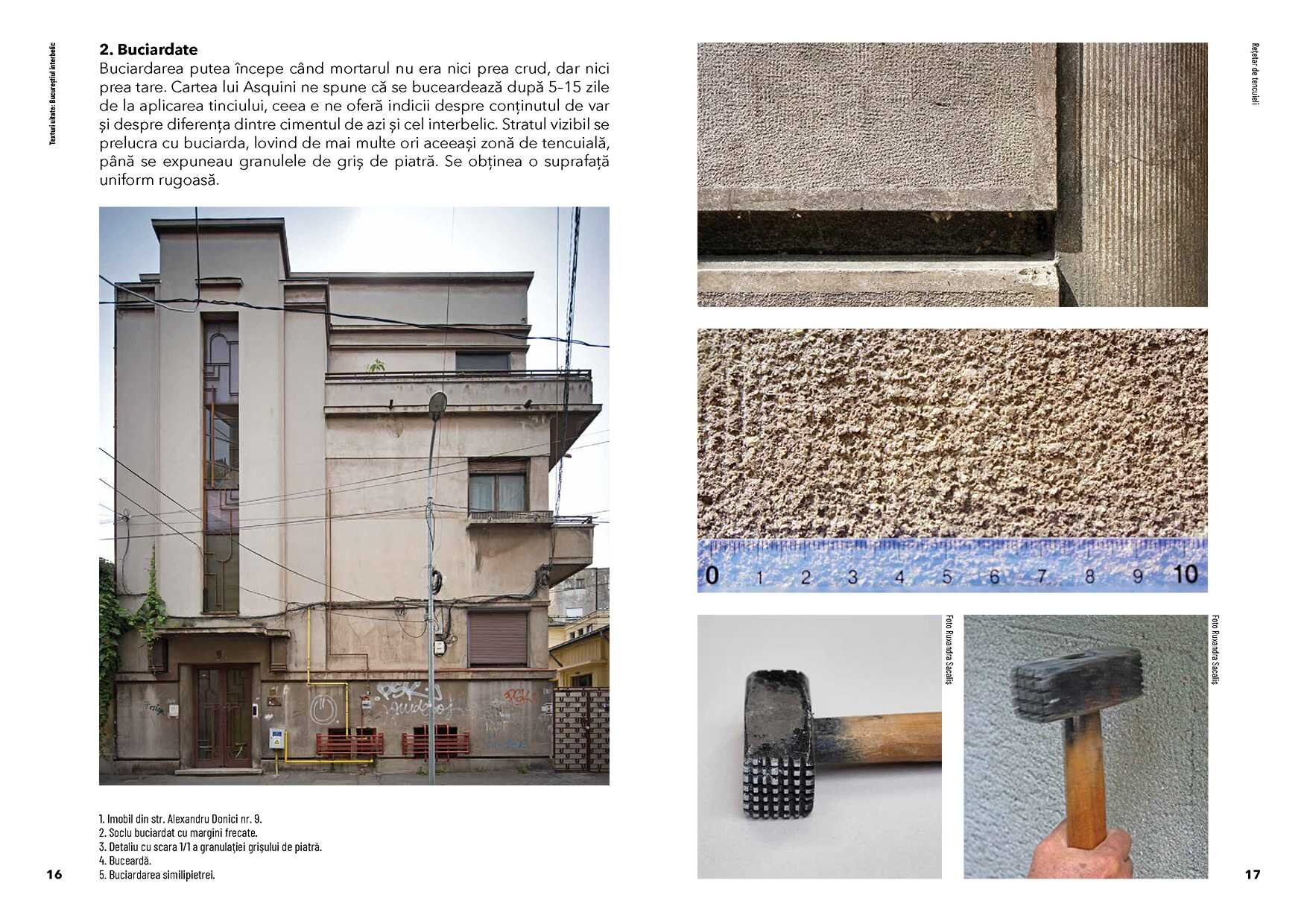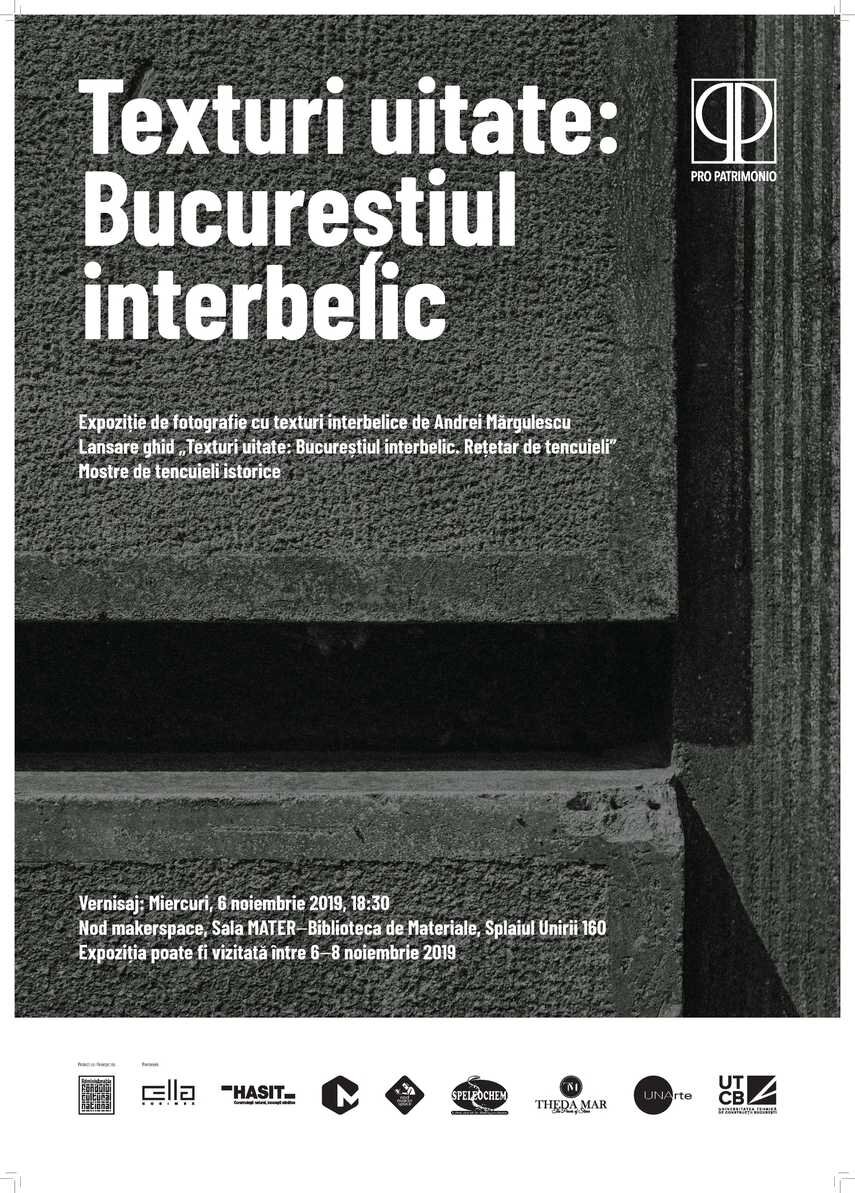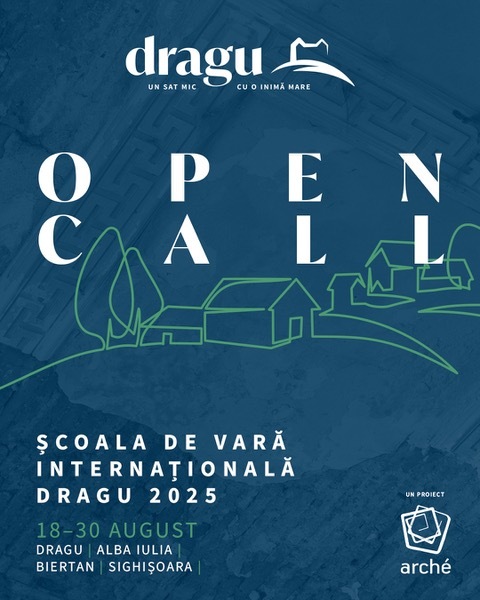
Forgotten texts: interwar Bucharest
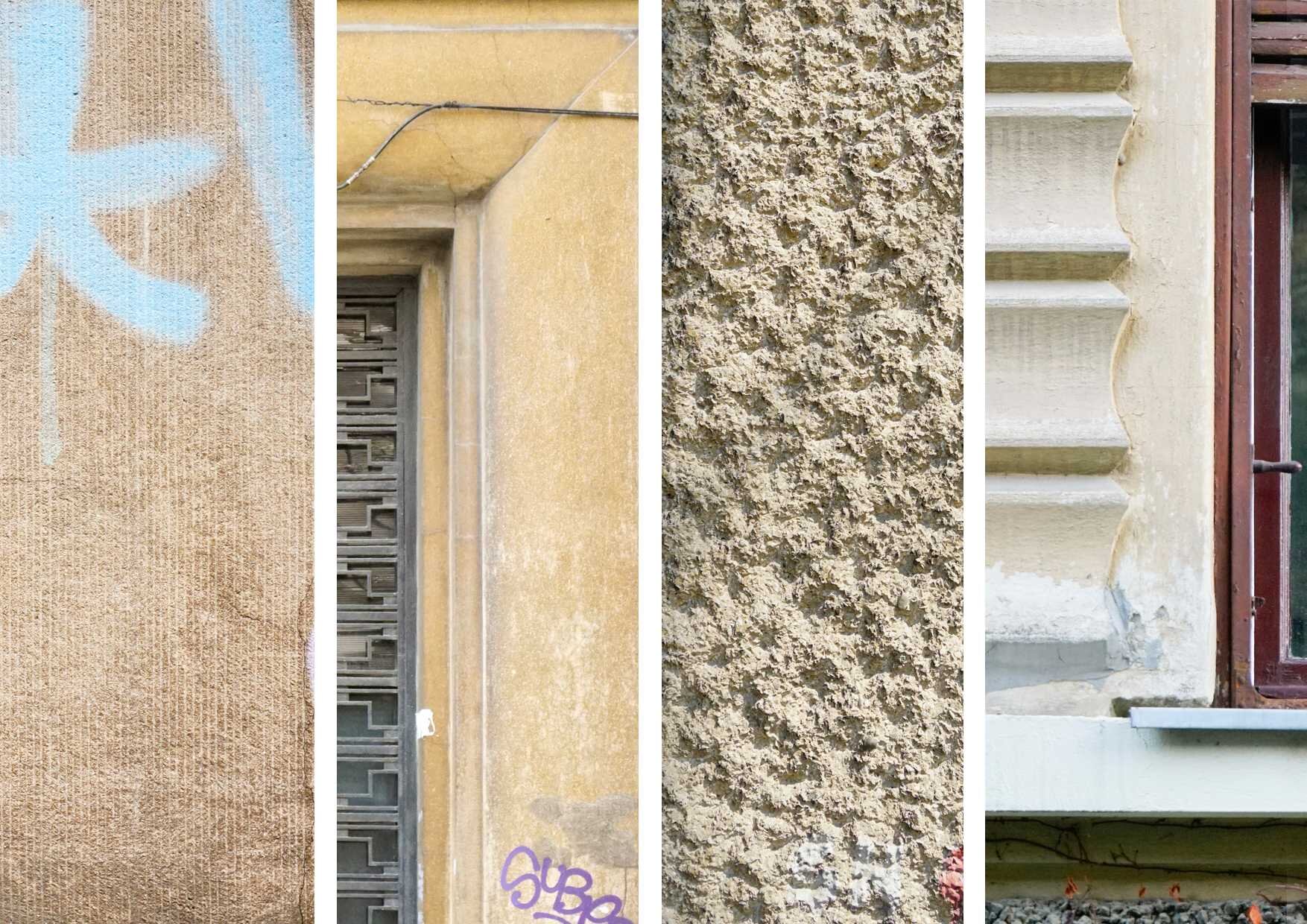
30.10.2019

Wednesday, November 6, 2019, at 6:30 p.m. in the Nod makerspace, MATER room - Biblioteca de Materiale, 160 Splaiul Unirii, we invite you to the opening of the photographic exhibition "Forgotten Textures: interwar Bucharest", the launch of the guide "Forgotten Textures: interwar Bucharest. Rețetar de tencuieli" and the collection of historical plasterwork exhibitions.
This marks the end of an eight-month project in which the Pro Patrimonio Foundation researched four types of inter-war facade plaster: imitation plaster, mosaic, terracotta and stone dust plaster.
Inspired by the city of Bucharest, the project explored the hidden 'secrets' of the capital's modernist facades, realized between 1918-1940. A first stage consisted of library research by documenting inter-war plaster mortar recipes and their application methods - specific to Romania, as well as comparisons with techniques from the same period in other countries. In parallel these textures were inventoried photographically in the field, and in September a series of practical workshops were held to test the documented recipes and application techniques on 60x60cm samples in order to preserve and revitalize the old techniques/technologies.
On European Cultural Heritage Days we organized a series of guided tours for close observation of the remaining batch of modernist buildings in Bucharest and prepared practical site tests with guest mason from the Maison Paysanne de France Association, Patrice Leu, specialized in traditional techniques. From the discussions in the workshops and the debate on the forgotten textures of modernist architecture, several conclusions emerged, also supported by our guest:
1. lack of trained labor force in the field of conservation/restoration of historic buildings in Romania. There is a great need for specialized schools to train craftsmen in the built heritage sector.
2. inter-war plaster and its application techniques should not be lost as they still possess great potential for innovation in contemporary architecture.
3.Historic plasters, unlike those commonly used today, require time, specific notions of execution and skilled hands.
4.in today's rehabilitation, consolidation or renovation processes, plasters are the first architectural elements sacrificed. A change of attitude among professionals and society is absolutely necessary to preserve historic buildings and specific architectural details.

The result of this period of research is a guide-book, six plaster samples recreated in today's context and a series of photographic observations of the city's textures by architect Andrei Mărgulescu. The project is intended as a first step in the study of modernist finishes in Romania. It is an original approach of the post-1989 period and also a direct invitation to all those involved in building and architecture to continue their investigations.
"The research was prompted by a personal interest in the historic textures of the city and a concrete restoration case in which I was involved. They materialized, within the Pro Patrimonio Foundation, into a research adventure. The guide was born out of the lack of specialized documentation in the field of construction in Romania that would provide information on the typology of interwar plaster"- architect Ruxandra Sacaliș, author of the guide-retarder.
The guide concentrates useful information, both theoretical and practical, on materials, ingredients, recipes, finishing techniques, decorative textures and work tools, and common degradations. Called Forgotten Textures: Interwar Bucharest. Rețetar de tencuieli is intended for practical use and will be available in a small print series as well as a digital version. The grid-guide also aims to be a tool to raise awareness among the general public and specialists in the field about the cultural and historical significance of interwar plaster.
"Ruxandra Sacalis and her team's plasterwork network is a very interesting and useful step for the restoration and maintenance of interwar built heritage. The honesty of the approach undertaken by the participating teams - craftsmen and architects - develops in the future an extended process and a proper communication system to give a real chance to a culture that built Bucharest still has and that we can enrich. Experimentation and research can also be done in small groups with diverse professions that communicate well with each other. I invite you to try it, it is a chance for the future architectural textures we all need. Beware, the field is inexhaustible" - architect Șerban Sturdza, project leader.

A Pro Patriomonio Foundation project
Project leader: arch. Șerban Sturdza
Documentation coordinator: arch. Ruxandra Sacaliș
Practical workshops coordinator: arh. Andreea Machidon
Photographic documentation: arh. Andrei Mărgulescu
Guide editor: Mirela Duculescu
Graphic design: Mona Petre
Project co-financed by: AFCN. The project does not necessarily represent the position of the Administration of the National Cultural Fund. AFCN is not responsible for the content of the project or how the results of the project may be used. These are entirely the responsibility of the grantee.
Partners: Cella Cosimex, Institute of Speology, Hasit, Nod makerspace, MATER room - Materials Library, Theda Mar and Technical University of Constructions Bucharest
Nod makerspace is a hub of co-working spaces, makerspaces, wood and metal workshops, private studios and meeting and event spaces. The Nod makerspace team has developed a number of impactful projects, including MATER - the first materials library in Romania and South Eastern Europe or Level-Up - the first accelerator dedicated to Romanian maker entrepreneurs. Nod makerspace won Best Coworking Space in Romania 4 years in a row at CESA.
Pro Patrimonio is an international non-governmental non-profit organization with branches in Romania (Bucharest), UK and France. Founded in 2000, the foundation runs a series of projects whose main mission is to preserve, rescue and reactivate cultural heritage, especially architectural heritage. The actions focus on practical heritage protection and rehabilitation projects, as well as community involvement and awareness of their own identity, memory and the value of cultural heritage. Pro Patrimonio Foundation supports the idea that heritage is the responsibility of every citizen.
Pro Patrimonio runs several programs of national and international importance: 60 wooden churches; Neamțu Mansion in Olari; G. Enescu House in Mihăileni; Villa Golescu in Câmpulung Muscel and the Honest Goods collection of design and craftsmanship etc. The Foundation is trying, among others, to create a network of craft centers next to monuments (P.P. Carp Mansion, Țibănești, Iași) etc.
Resources
Facebook event http://bit.ly/Tencuieli
Contact: Raluca Marțiș - PR&communication officer
PRO PATRIMONIO FOUNDATION
+40 722 673 475 - propatrimonio.romania@gmail.com
Str. Pictor Verona 13, Bucharest



